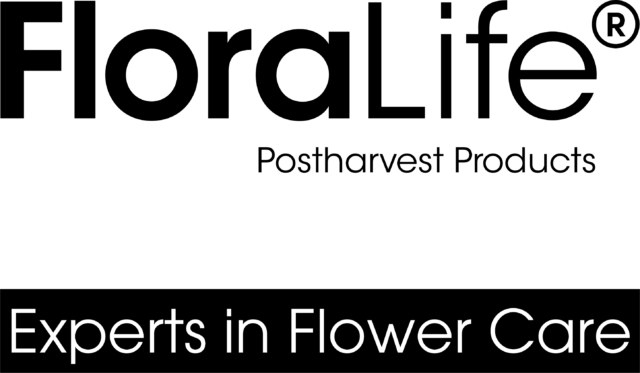Matsumoto Asters: The Kawaii Flower!
Floriology Institute September 2021, powered by FloraLife

Native to Eastern Asia, the Matsumoto Aster is sure to add a little playful whimsy to any bouquet. Known for its daisy like bloom full of soft purple, pink, red or white florets which coyly reveal their cheerful yellow centers as they open.
Part of the Asteraceae family, Matsumoto Asters form blooms which look like individual flowers, but are actually squat inflorescences comprised of a collection of ray and disk flowers which many mis-identify as petals.
Matsumoto Asters are classed under the genus Callistephus meaning “Beautiful Crown.” Once you have seen the gorgeous mass of florets, you will immediately understand why. Its full Latin name is Callistephus Chinensis.
A fast growing annual which typically blooms in late summer/early Fall, Matsumoto Asters produce their long-lasting flowers atop tall sturdy stems, making them excellent cut flowers. By growing them in a warm greenhouse, and regulating their exposure to light, they can also be grown to bloom year-round.
They are harvested when the blooms begin to show full color, unlike many flowers which are harvested in bud, and best sold when the heads are about ¾ to fully open.
To ensure you enjoy the maximum vase life possible, Matsumoto Asters should always be treated with transit/storage solution pre-sale, and with flower food in the vase.
Care and Handling Tips
Purchasing
- Choose stems with heads showing color, and ¾ to fully open.
Shipping and Storage
- Shipping and storage temperatures should be 34 – 38° F / 1 – 3° C.
- Wet shipment is recommended so flowers stay upright and reduce effects of gravitropism (see special considerations section).
Re-hydration at Store Level and Storage
- Start processing with a clean bucket, sanitized with D.C.D.® Cleaner.
- If received dry packed, conditioning of stem ends is recommended to prevent blockage and promote uptake. Cut approximately 1” / 3cm or more off stems. Use clean, sanitized clippers or knife, and treat with Floralife® Quick Dip.
- Place flowers in a holding treatment such as Floralife® Express 200. Do not put flowers directly in metal/galvanized buckets. Use clean, high quality water that has not been treated with a water softener as the salt levels can be damaging to flowers.
- Store in a cooler at 34 – 38° F / 1 – 3° C with a relative humidity of 75-85%.
- Allow minimum 2 hours to hydrate placing buckets in an area with good airflow.
- Always remember FIFO (first in/first out) when rotating flowers.
Vase Care
- Remove any leaves that might be below the vase solution.
- If received dry, cut approximately 1” / 3cm or more off stems. Use clean, sanitized clippers or knife, and treat with Floralife® Quick Dip.
- Immediately place flowers in properly dosed vase solutions (Flower Food and water) containing Floralife Chrystal Clear® (the perfect solution for clear vases), or Floralife® Express 300 (the no cut premium solution).
Common Defects
- Botrytis can develop on leaves if stems are packed together too tightly, always allow enough space for air to flow around the stems.
- Flowers not developing if harvested at too early of a stage.
- Foliage browning.
- Dehydration.
- Bent neck.
- Stem bending (Tropisms).
Special Considerations
- Matsumoto Asters are susceptible to bacterial contamination in the storage/vase solution. Ensure good hygiene practices are followed at every step and take steps to condition stem ends.
- Matsumoto Asters are susceptible to gravitropism, meaning if placed on their side horizontally, they will grow up, bending away from gravity. This causes bendy stems – for this reason, flowers should be shipped and stored wet (upright in bucket solutions).
- Matsumoto Asters are susceptible to Phototropism, meaning they will bend towards the light.
- Some publications report benefits of storage in solutions containing higher sugar levels – for this reason, wholesalers and retailers might consider storing flowers in Floralife Crystal Clear® or Floralife® Express 300.
Read the full article on: www.floriologyinstitute.com
To learn about best practices from the experts in flower care or to inquire about products and availability in your region, visit www.floralife.com or contact your local FloraLife representative.
*Product availability depends upon geographical region.
